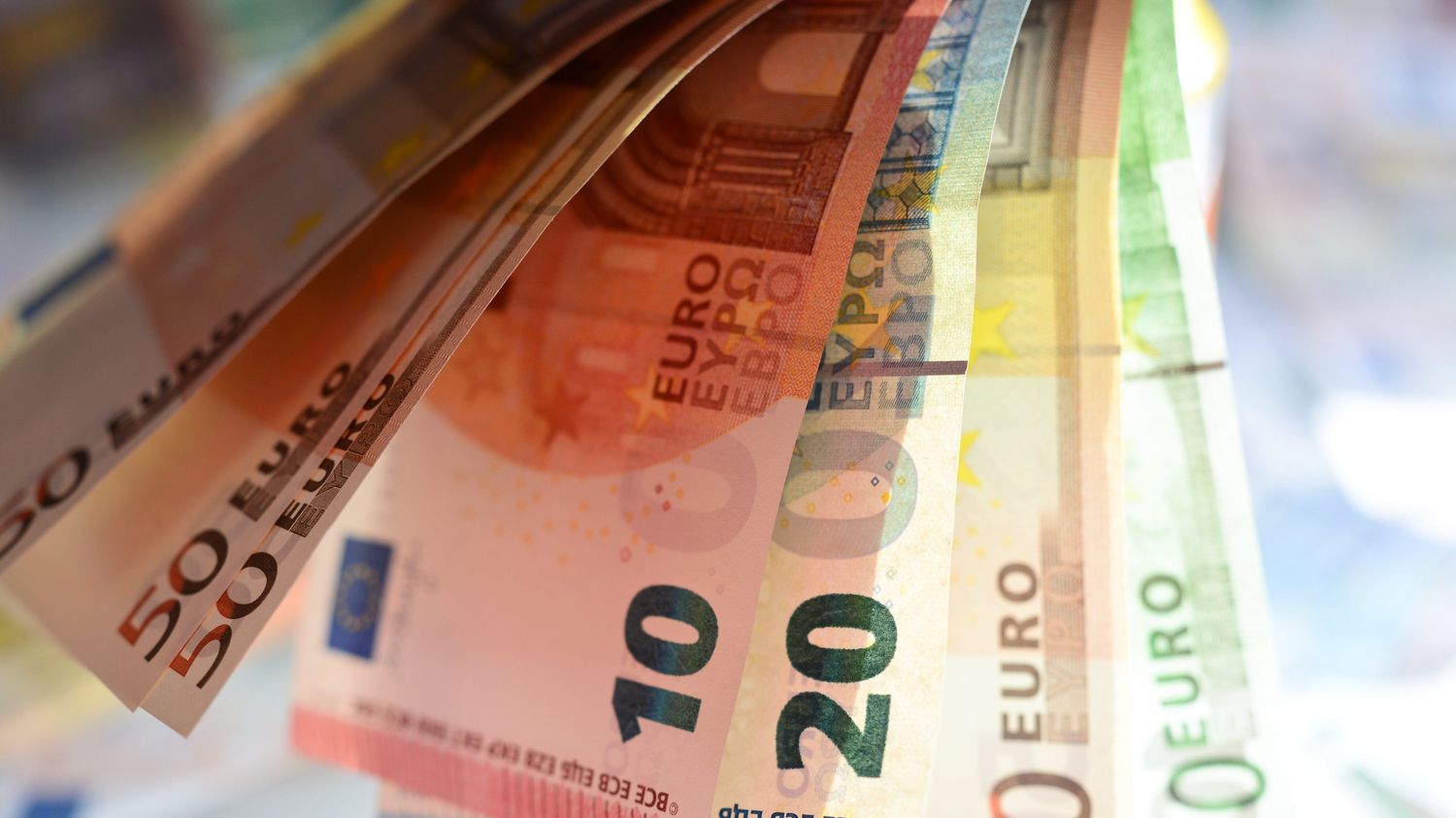The European Central Bank (ECB) is launching a citizen consultation: all residents can give their opinion on the design of future banknotes.
Birds, rivers, hands… Until the end of August, you can answer this survey on the ECB website and decide on the graphics, the patterns of future banknotes. The idea of the Central Bank, 20 years after the first euros were put into circulation, is that the next banknotes speak more to citizens, and in particular to the youngest.
>> Birds, rivers, hands… Citizens of the euro zone invited to give their opinion on the future design of their banknotes
More, in any case, than the current motives, car, today, as the Member States have never managed to agree on a selection of great figures embodying the history of the Old Continent, the banknotes show bridges, neutral constructions, not really embodied, this which gives somewhat cold cuts.
Not to mention that, according to some experts, these standard images are easier to imitate and reproduce. So there is also a security issue in redoing the design and choosing what to put on these future banknotes. The ECB therefore invites you to choose between different themes: birds, rivers criss-crossing Europe, or hands representing the Union. Knowing that it will be necessary to wait until 2030 for these new tickets to be issued.
There are fewer and fewer banknotes in circulation
With the Covid, we tended to pay a lot more via credit card to avoid the risk of contamination. Nevertheless, cash is still very important since it is used in nearly 60% of transactions. En times of crisis, banks are noticing that Europeans are saving cash.
The Central Bank is working on its project to create a digital currency: it wants to develop a single online payment solution. A more universal euro, accessible to all residents of the area with which one could pay for purchases, make financial transactions via smartphone for example.
But this will not replace the existing tickets, it would come in addition. If the ECB wants to move forward on this digital euro, it is also to compete with the possible private currencies on which the web giants are essentially working. There is therefore a very important issue of national sovereignty. This European digital currency could see the light of day in three, four years.
